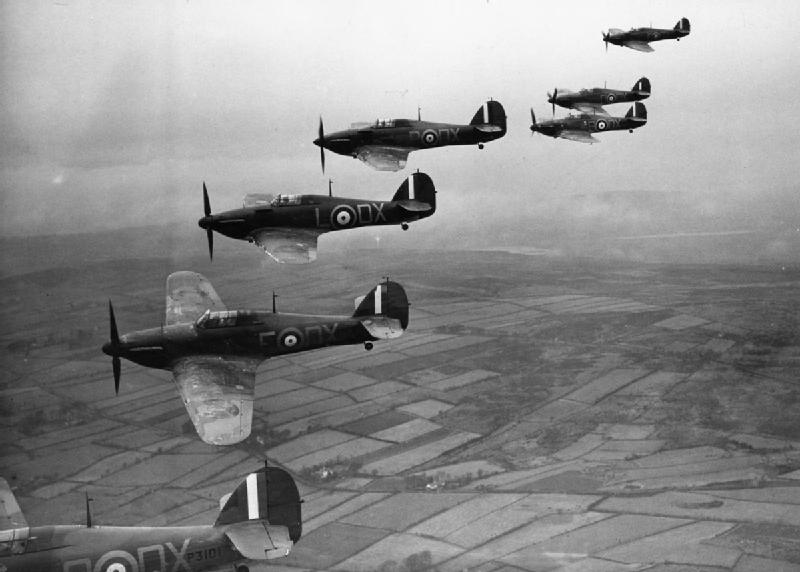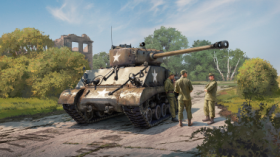
- For PC
- For MAC
- For Linux
- OS: Windows 10 (64 bit)
- Processor: Dual-Core 2.2 GHz
- Memory: 4GB
- Video Card: DirectX 11 level video card: AMD Radeon 77XX / NVIDIA GeForce GTX 660. The minimum supported resolution for the game is 720p.
- Network: Broadband Internet connection
- Hard Drive: 22.1 GB (Minimal client)
- OS: Windows 10/11 (64 bit)
- Processor: Intel Core i5 or Ryzen 5 3600 and better
- Memory: 16 GB and more
- Video Card: DirectX 11 level video card or higher and drivers: Nvidia GeForce 1060 and higher, Radeon RX 570 and higher
- Network: Broadband Internet connection
- Hard Drive: 62.2 GB (Full client)
- OS: Mac OS Big Sur 11.0 or newer
- Processor: Core i5, minimum 2.2GHz (Intel Xeon is not supported)
- Memory: 6 GB
- Video Card: Intel Iris Pro 5200 (Mac), or analog from AMD/Nvidia for Mac. Minimum supported resolution for the game is 720p with Metal support.
- Network: Broadband Internet connection
- Hard Drive: 22.1 GB (Minimal client)
- OS: Mac OS Big Sur 11.0 or newer
- Processor: Core i7 (Intel Xeon is not supported)
- Memory: 8 GB
- Video Card: Radeon Vega II or higher with Metal support.
- Network: Broadband Internet connection
- Hard Drive: 62.2 GB (Full client)
- OS: Most modern 64bit Linux distributions
- Processor: Dual-Core 2.4 GHz
- Memory: 4 GB
- Video Card: NVIDIA 660 with latest proprietary drivers (not older than 6 months) / similar AMD with latest proprietary drivers (not older than 6 months; the minimum supported resolution for the game is 720p) with Vulkan support.
- Network: Broadband Internet connection
- Hard Drive: 22.1 GB (Minimal client)
- OS: Ubuntu 20.04 64bit
- Processor: Intel Core i7
- Memory: 16 GB
- Video Card: NVIDIA 1060 with latest proprietary drivers (not older than 6 months) / similar AMD (Radeon RX 570) with latest proprietary drivers (not older than 6 months) with Vulkan support.
- Network: Broadband Internet connection
- Hard Drive: 62.2 GB (Full client)
Hurricane Mk Is of No. 245 Squadron, in flight from Aldergrove, near Belfast, November 1940
RB event The Hardest Day will be available from 15:00 GMT 18th August to 15:00 GMT 19th August
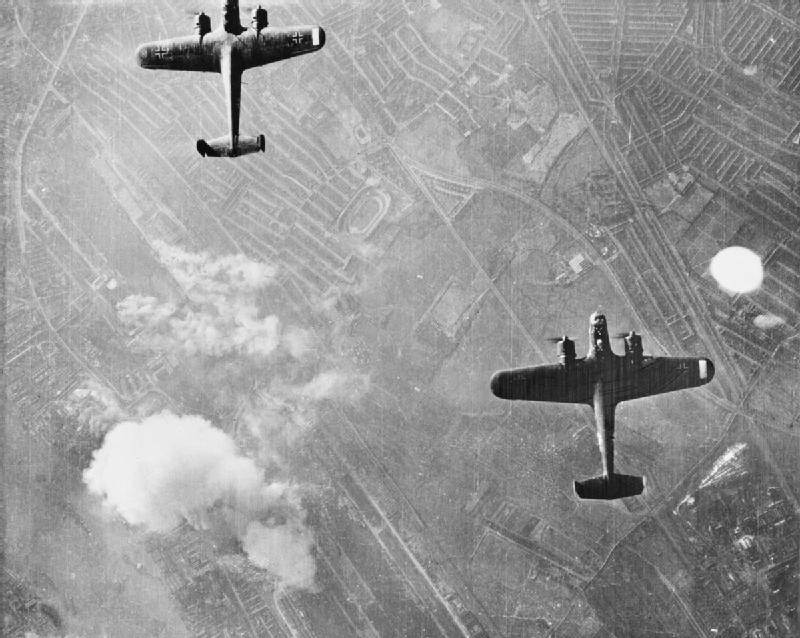 |
| Dornier 17 bombers over West Ham |
Around midday on August 18th, Luftflotte 2 launched a huge series of attacks which would make up a significant proportion of the 850 or so sorties launched by the Luftwaffe on that day. RAF Biggin Hill and RAF Kenley were both targeted by a wave consisting of some 108 bomber and 150 fighters. The majority of the inbound raid was detected by Britain’s radar network. Nine squadrons were vectored out to meet the inbound raiders.
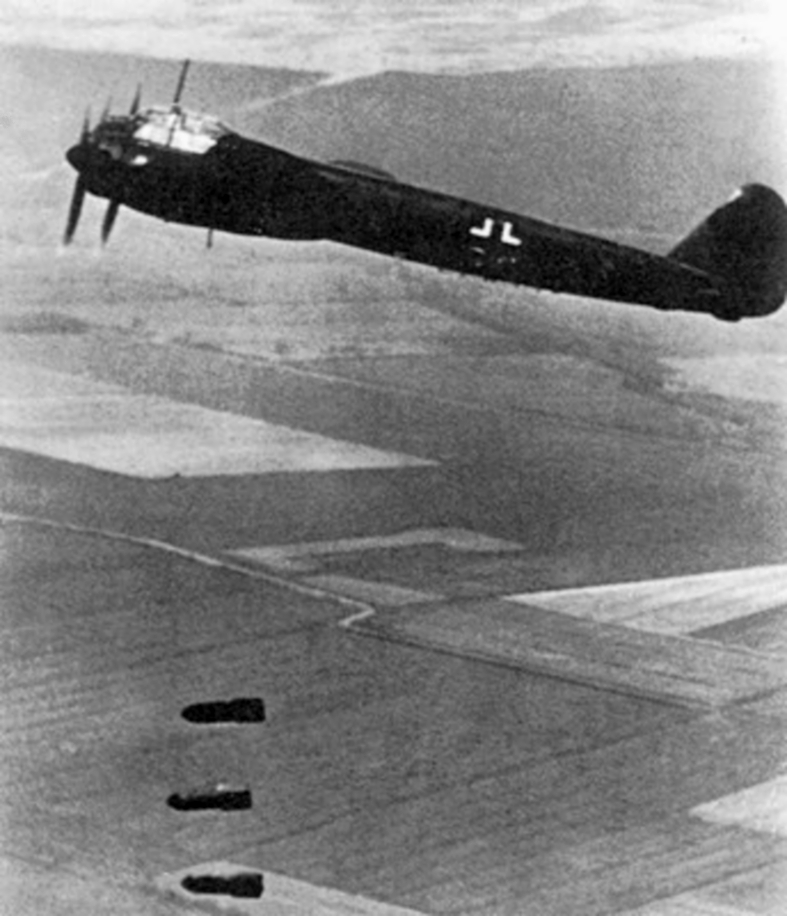 |
| Junkers Ju 88A dropping bombs over Britain |
Luftflotte 3 were the next to enter the fray with over 100 Junkers 87 Stukas of StG77and StG3. The dive bombers launched to attack airfields at Thorney Island, Gosport and Ford, as well as targeting Poling radar station, escorted by 157 Bf109s of JG2, JG27 and JG53. After underestimating the size of the raid only 68 British fighters were scrambled to intercept. Some 300 aircraft swirled in a huge dogfight in the ensuing melee whilst the Stukas still continued to bomb their assigned targets under fire from enemy fighters and AA.
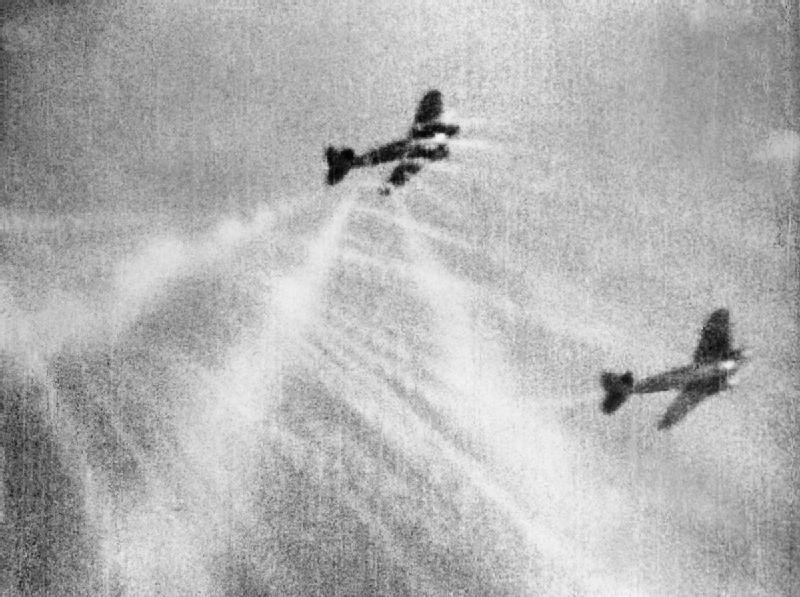 |
| Spitfires camera gun film shows tracer ammunition |
By early evening, Luftflotte 2 had reassembled and was ready for another strike. The final big push against Fighter Command came in the form of 58 Dornier 17s of KG2 and 51 Heinkel 111s of KG53, attacking RAF Hornchurch and RAF North Weald respectively. Escorting them were 140 German fighters. 13 Squadrons of Hurricanes and Spitfires were scrambled from 11 Group to intercept, with a further four sent to assist from 12 Group to the North. British fighters tore through the ranks of KG53’s Heinkels, scattering the raid and forcing many of the German bombers to jettison their payloads and flee.
Whilst the Luftwaffe continued to launch raids over Britain after dark, the brunt of the fighting on August 18th was now over. In terms of aircraft losses, the Luftwaffe lost some 35 fighters and 30 bombers whilst the RAF lost 31 aircraft, but critically only 10 pilots.
However, the Luftwaffe’s objective was to destroy the RAF on the ground as well as in the air and in that respect they had achieved other notable successes throughout the day. The propaganda machines of both nations claimed approximately double the successes they had actually achieved in terms of aircraft destroyed, whilst also only admitting to about half the losses suffered. However, both sides had experienced their greatest losses in a single day for the entire campaign in what would become known as ‘The Hardest Day’.
About The Author - Mark Barber, War Thunder Historical Consultant

Mark Barber is a pilot in the British Royal Navy's Fleet Air Arm. His first book was published by Osprey Publishing in 2008; subsequently, he has written several more titles for Osprey and has also published articles for several magazines, including the UK's top selling aviation magazine 'FlyPast'. His main areas of interest are British Naval Aviation in the First and Second World Wars and RAF Fighter Command in the Second World War. He currently works with Gaijin Entertainment as a Historical Consultant, helping to run the Historical Section of the War Thunder forums and heading up the Ace of the Month series.
